If you’re not a true crime junkie, don’t pay attention to major news, or came from one of those schools that banned discussions about race, The Central Park Five might not mean anything to you – but the case cracked open a cesspool of racial discrimination that the United States still grapples with today.
In 1989, Trisha Meili was sexually assaulted in New York’s Central Park, piquing national interest. It was used as a talking point for the city’s perceived lawlessness, and revolved around five young men. The boys’ case would become a prime example of racial profiling, discrimination, and the inequality suffered in particular by young Black men at the hands of the law.
The Central Park Five case
On the night of April 19, 1989, Central Park was flooded with teens. An estimated 20 to 30 youths from Harlem entered the Park with mischief on their minds. Throughout the night, multiple attacks ranging from assaults to robberies were reported, and the NYPD were on high alert as the night wore on, ready to pounce on the rambunctious and sometimes violent youths.
While the teens were causing mischief, serial rapist Matias Reyes attacked Meili while she was out for a jog, beating her so badly that she was in a coma for 12 days. One officer said the brutalization was so bad, “She looked like she was tortured.” The assault of a white woman at the hands of “lawless” Black and Latinx youth captivated the nation, and the Central Park attack became one of the most widely publicized crimes of the 1980s.
Raymond Santana and Kevin Richardson, who were both 14 at the time, were picked up by NYPD as part of a sweep of unruly youths in the park suspected of criminal activity, and detained an hour after Meili’s assault – four hours before she was found unconscious in a ditch. 15-year-old Steven Lopez was also grabbed within the hour. The following day, Antron McCray and Yusef Salaam, also 15, were brought in for questioning.
The children were interrogated for seven hours without their parents or a lawyer present. The boys implicated themselves as part of the gang of youths who were “wilding out,” as cops would later describe the night, but had no knowledge of the rape. By the end of their unrecorded and lengthy interrogation, the boys confessed to a rape they couldn’t correctly recall, at a crime scene that held zero DNA proof of their involvement.
Within two weeks of their confessions, the teenagers attempted to retract them. They asserted that police had coerced confessions through intimidation and obscuring facts. Police did lie; they told Salaam that his fingerprints had been found at the scene. He panicked, later telling the Guardian that he could hear officers beating Korey Wise in the next room over, “They would come and look at me and say: ‘You realize that you’re next?’”
Police procedure should have protected the minors’ names from being published, but they were leaked before they had been arraigned or formally indicted. Donald Trump – who was a real estate magnate at the time – took out a full-page ad in the city’s major newspapers calling for the death penalty. “Mayor Koch has stated that hate and rancor should be removed from our hearts. I do not think so. I want to hate these muggers and murderers. They should be forced to suffer,” he wrote.
The boys, whose ages ranged from 14 to 16, were put on trial. Each was found guilty, receiving a sentence from 5 to 10 years in juvenile facilities – except Wise, who was sentenced to an adult facility though he was only 16.
The Central Park Five to the Exonerated Five
Throughout their incarceration, the men maintained their innocence. FBI profilers later found that none of them were a match for the DNA found at the scene, and the hair used against Richardson didn’t even belong to Meili. In the aftermath, journalist Joan Didion claimed the verdict stemmed from a cultural crisis, one heightened by Donald Trump’s vilifying ads. The Guardian and the New York Times have backed this claim in years since.
Santana was released in 1995, McCray in 1996, Salaam and Richardson in 1997, and Wise in 2002. While Wise was incarcerated, he met Matias Reyes, who admitted to Meili’s rape shortly after their encounter. A review of evidence proved that Reyes’ DNA matched that found on Meili after the attack, and her bindings matched Reyes’ preferred method of tying his victims.
In 2002, the men filed a motion to have their convictions waived, and New York District Attorney Robert Morgenthau took the case. A closer examination of the confessions showed wild discrepancies and a distinct lack of DNA evidence. Their convictions were vacated, even as an independent review declared that the department hadn’t mishandled the case.
The following year the five men sued the city in federal court for false arrest, malicious prosecution, and racially motivated conspiracy to deprive the men of their civil rights. The city refused to settle, sticking by its narrative that the police did nothing wrong. In 2011, Mayor Bill de Blasio pushed for a settlement of $40 million –$1 million for every year the men were wrongfully imprisoned.
Trump yet again felt the need to weigh in, telling the New York Daily News that the settlement was a “disgrace.” “Speak to the detectives on the case and try listening to the facts. These young men do not exactly have the pasts of angels,” the convicted felon said.
Where are the Exonerated Five now?
Richardson, Santana, and Salaam work as advocates to reform New York State’s criminal justice system. They focus on preventing false confessions and eyewitness misidentifications. Salaam is a board member of the Innocence Project, advocating for criminal justice reform for juveniles. In 2023 he won the seat for New York’s 9th district. Santana runs a clothing company, which donates a percentage of its profits to the Innocence Project.
Wise has largely remained out of the spotlight but donated nearly $1 million of his settlement money to the Innocence Project through the University of Colorado Law School.
When Trump was indicted for his 34 crimes, the Exonerated 5 couldn’t help but hit back at their loudest critic. The men threw their weight behind Kamala Harris’ campaign, heaping praises on the prosecutor during an appearance at the DNC.

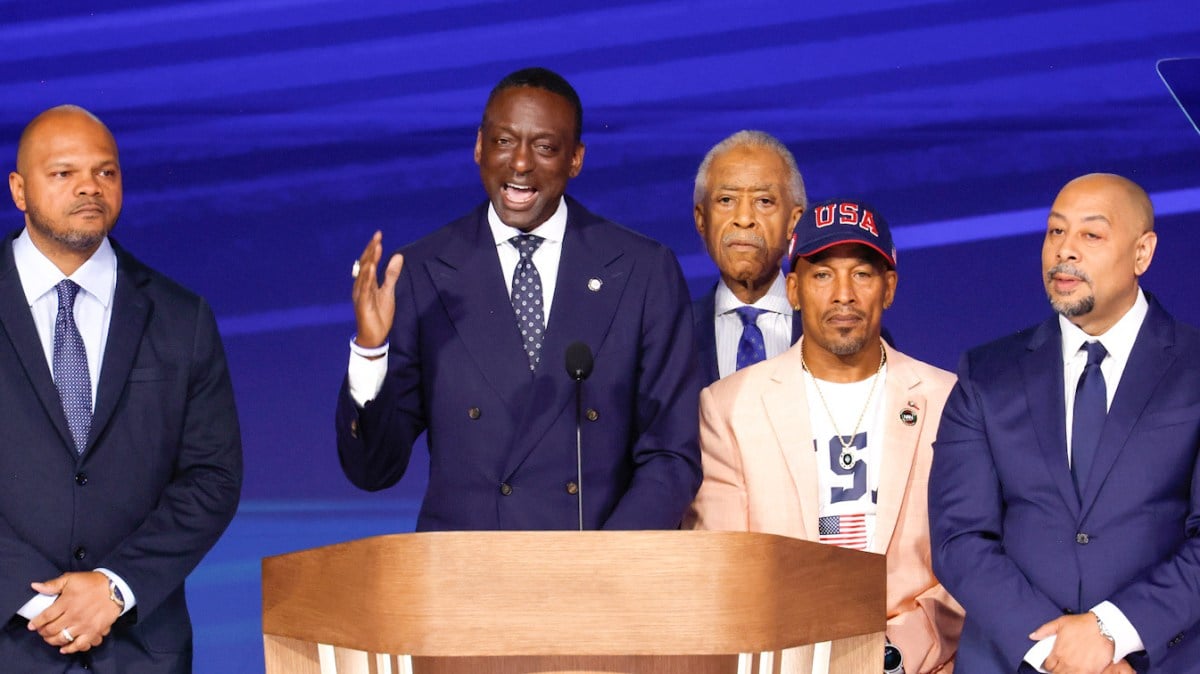
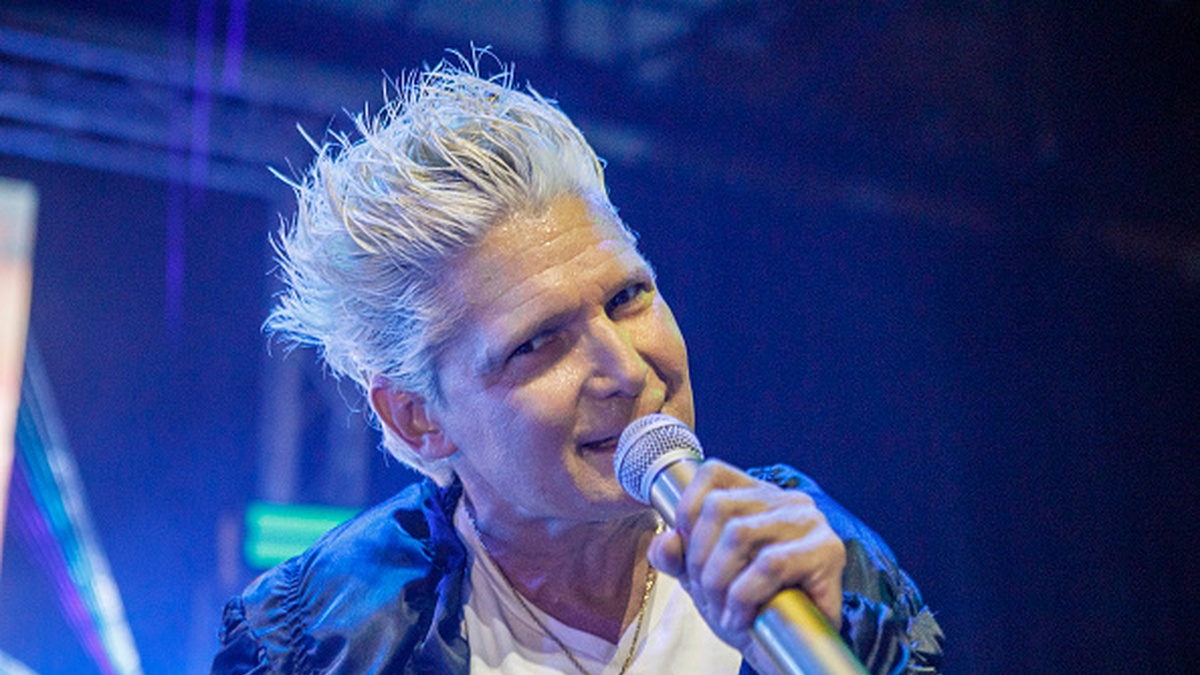
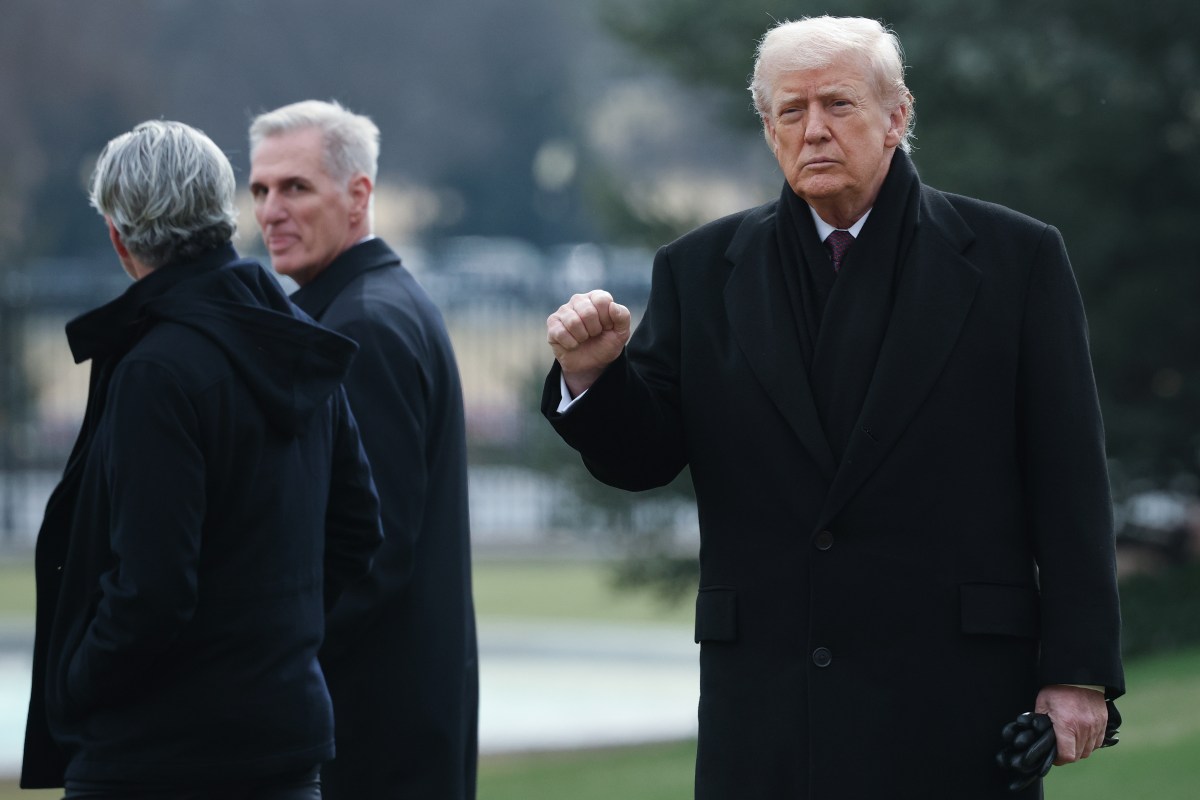

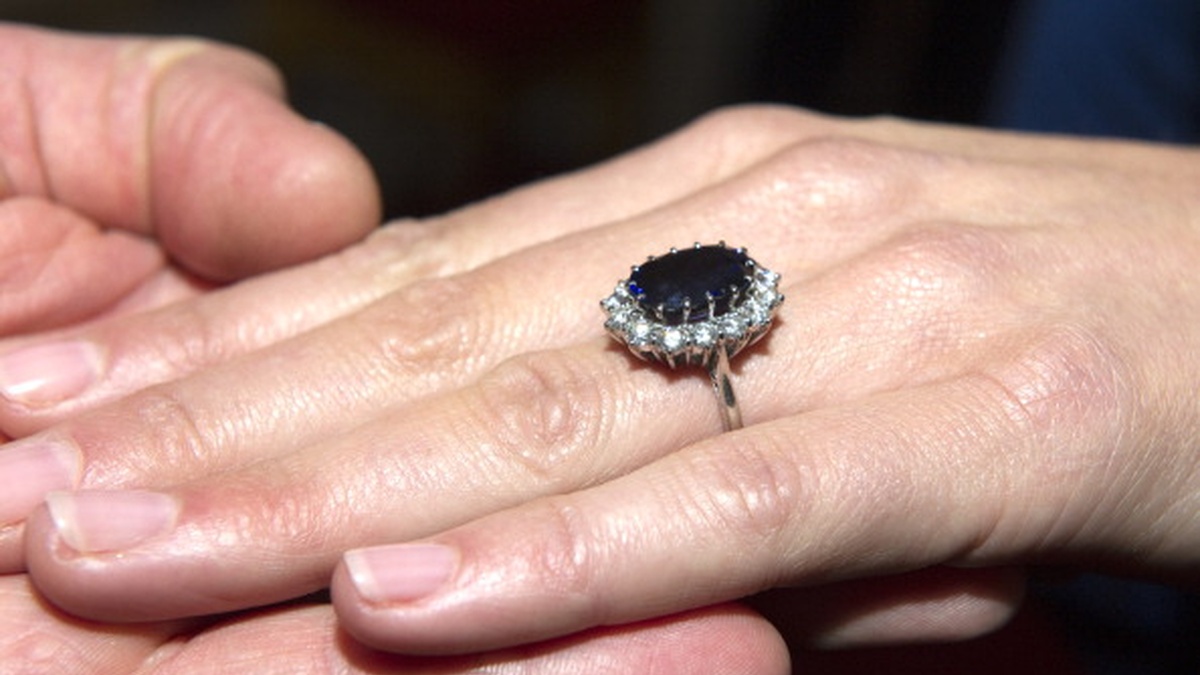
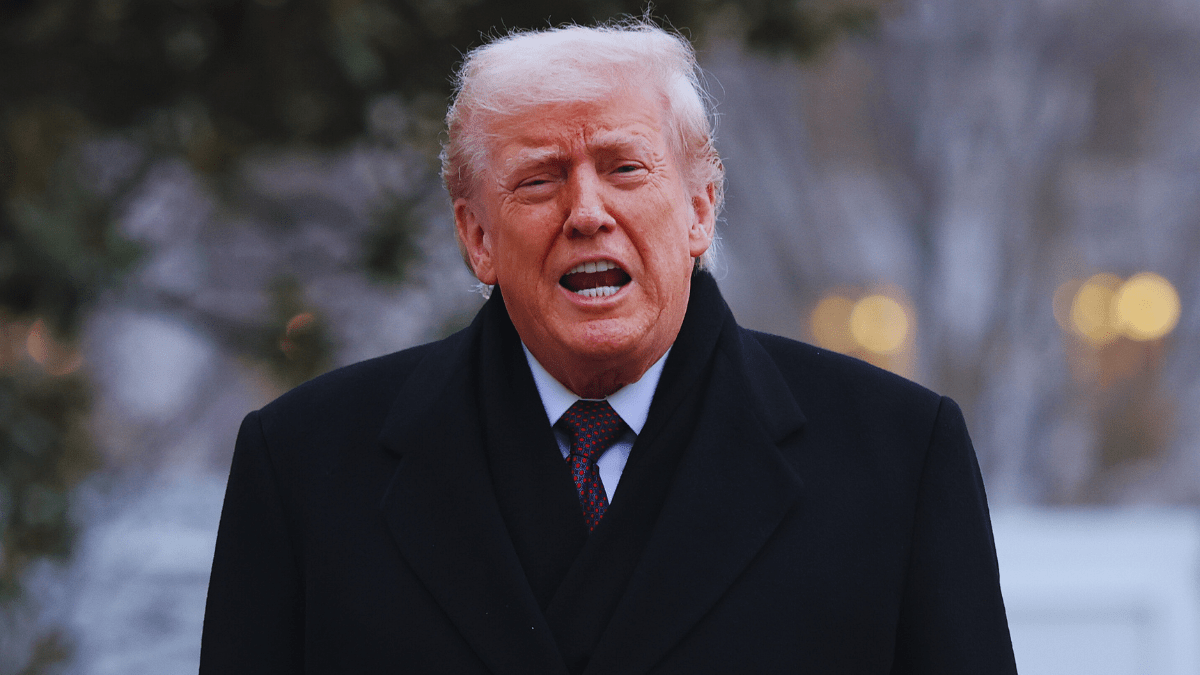
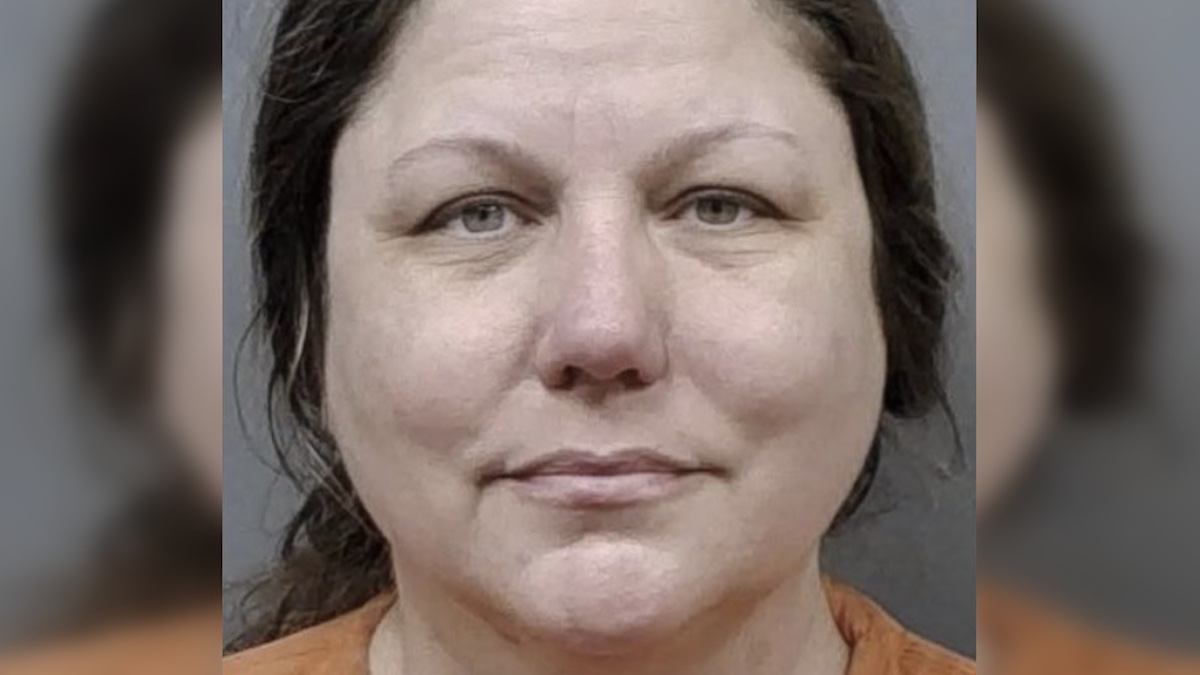
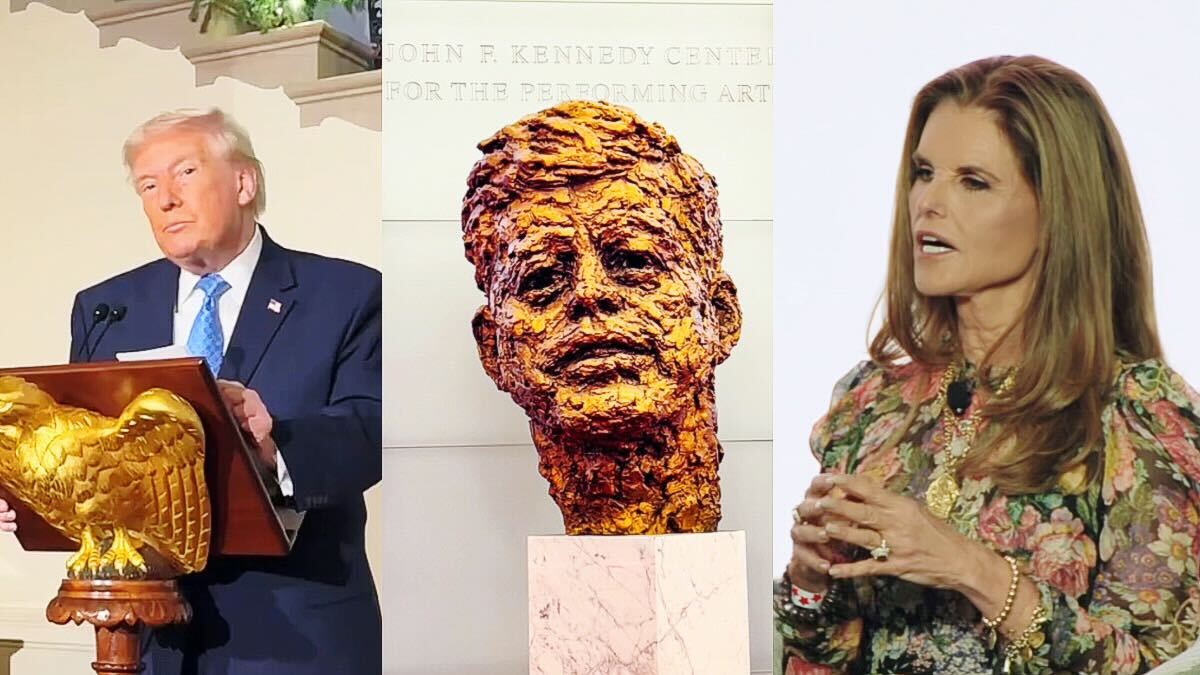
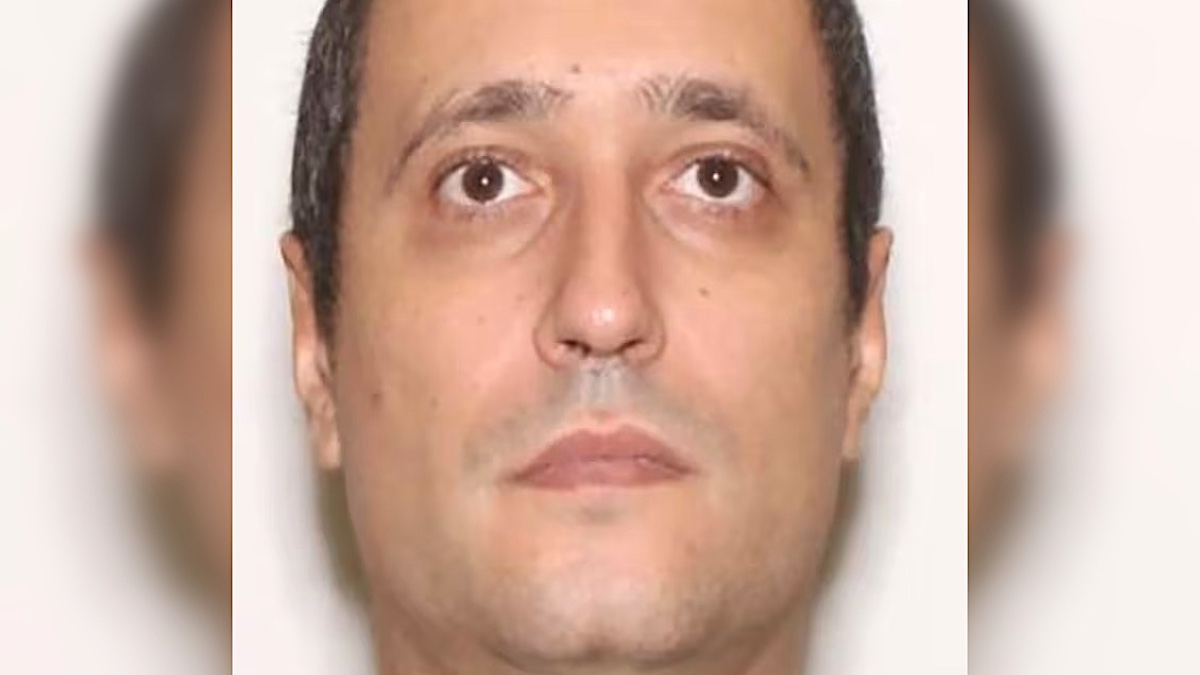

Published: Aug 23, 2024 02:51 pm